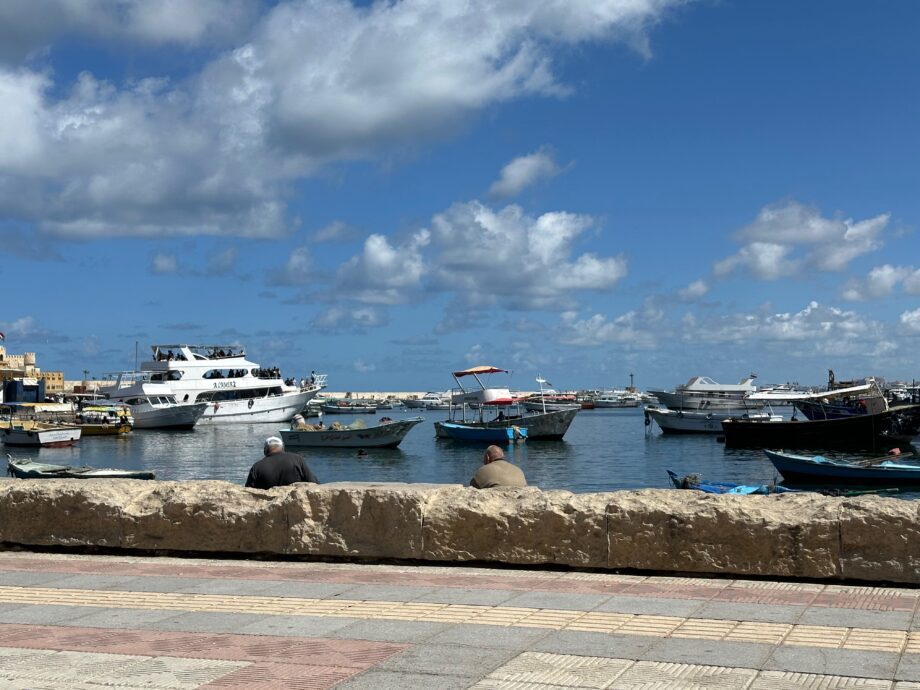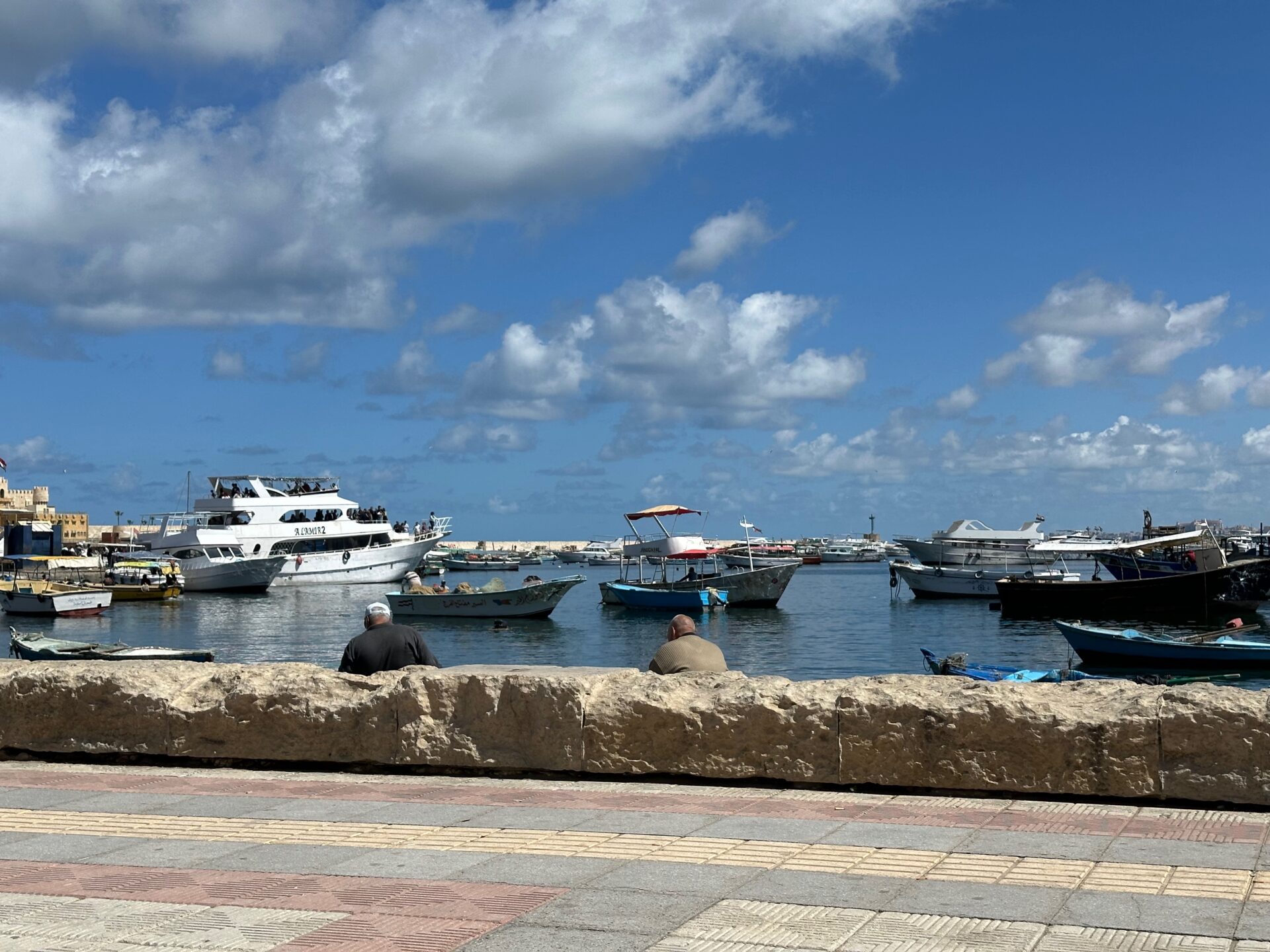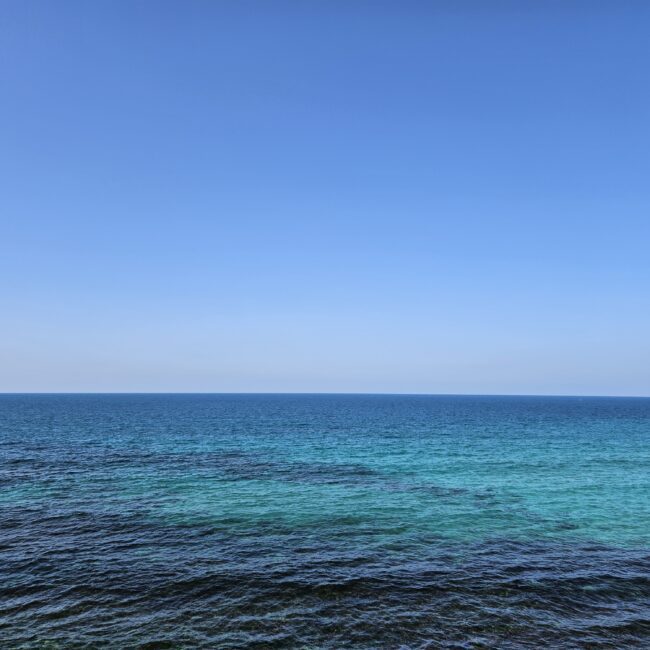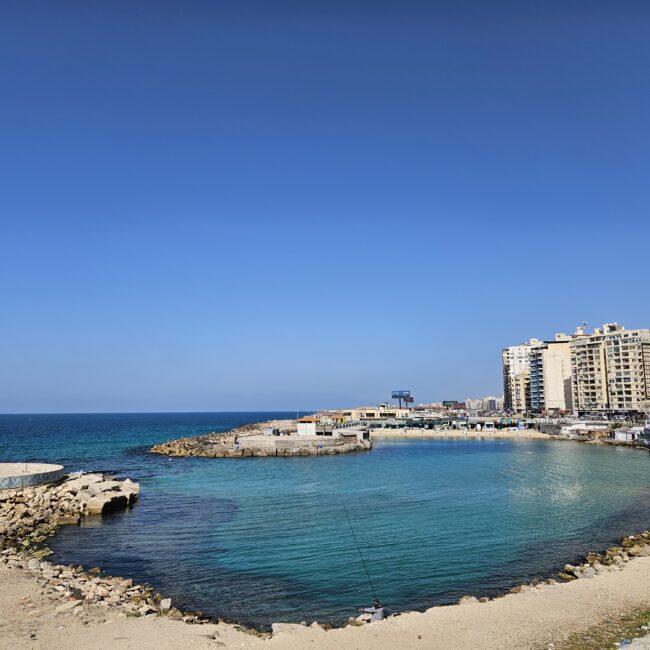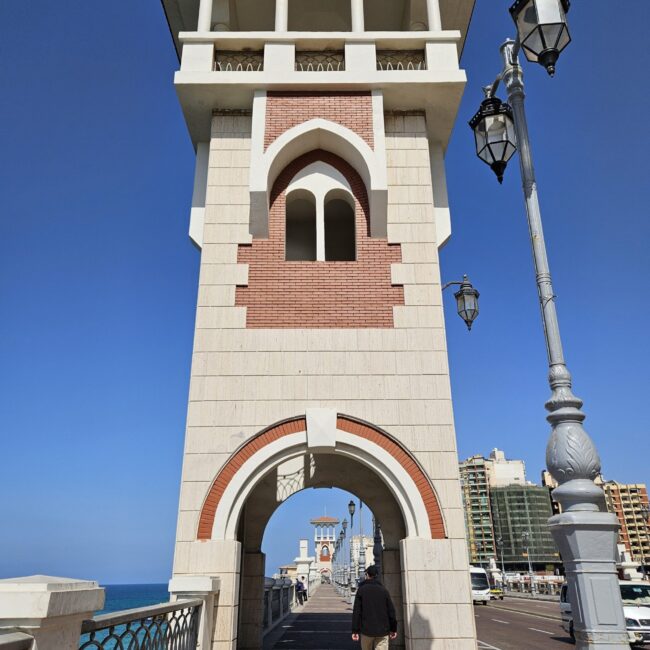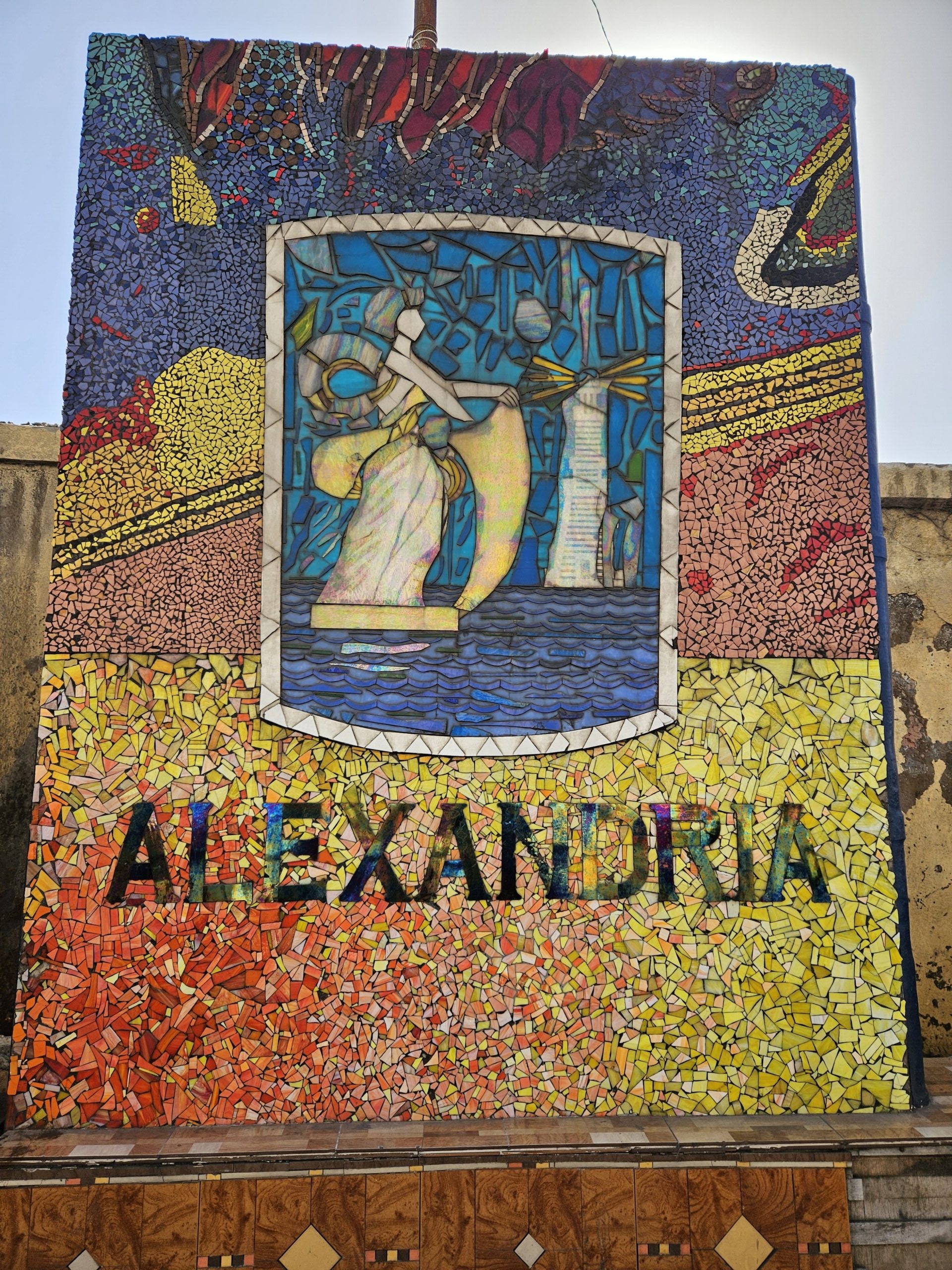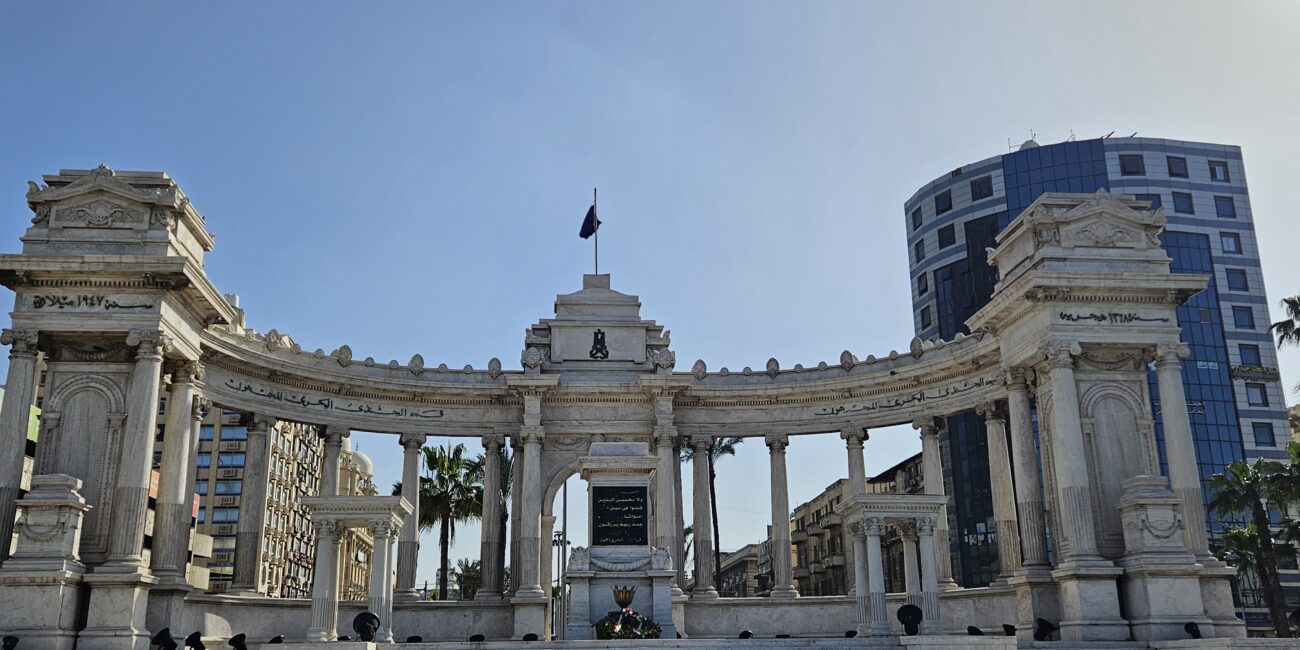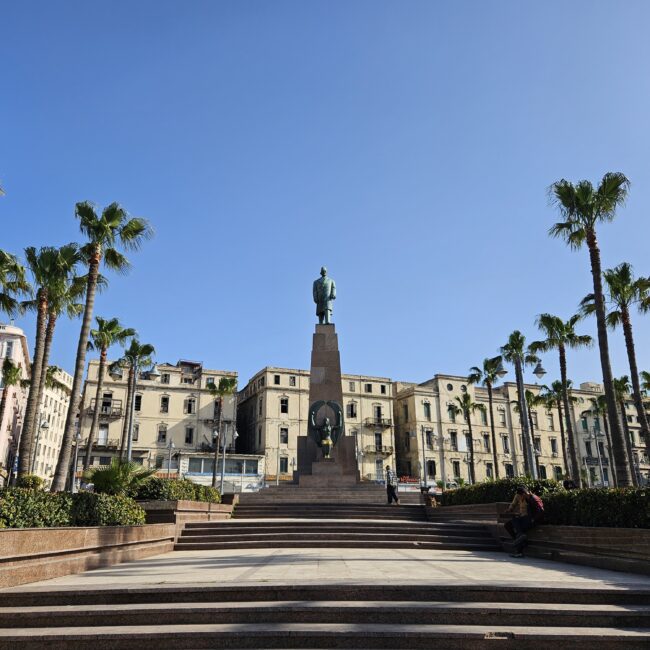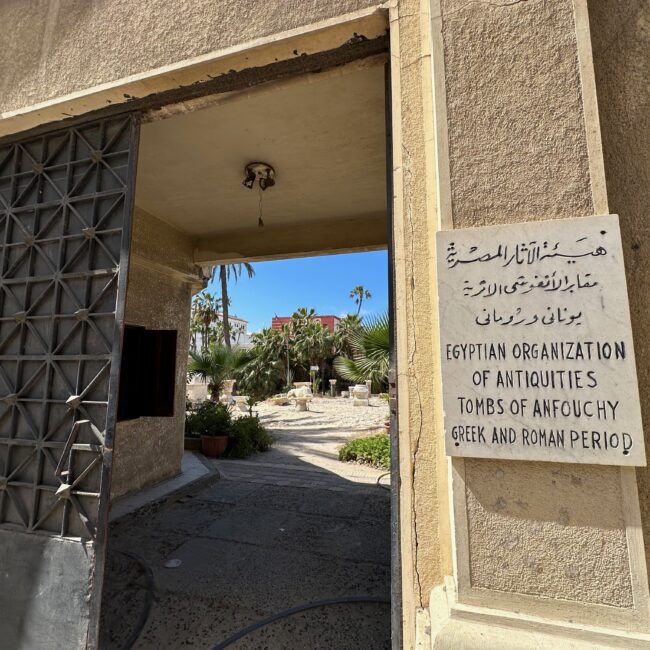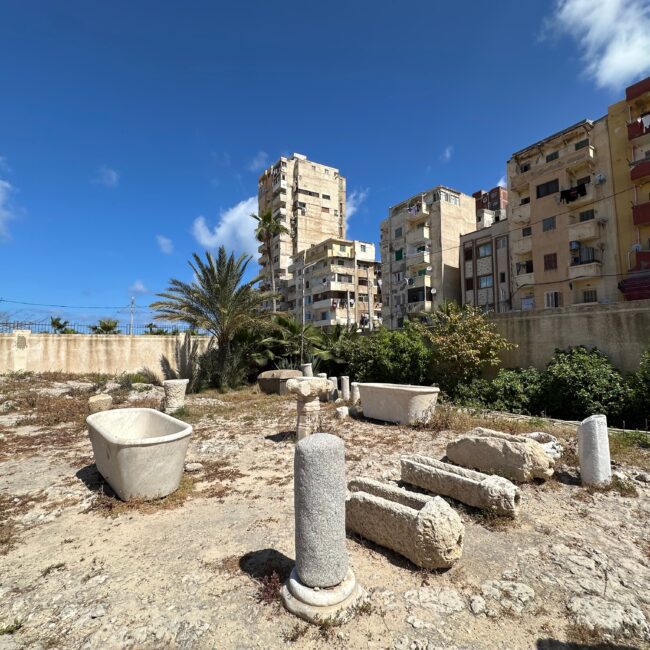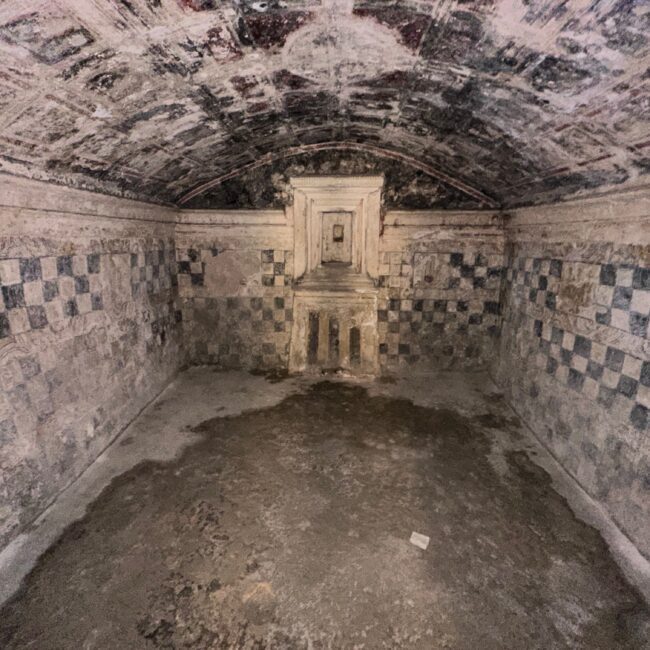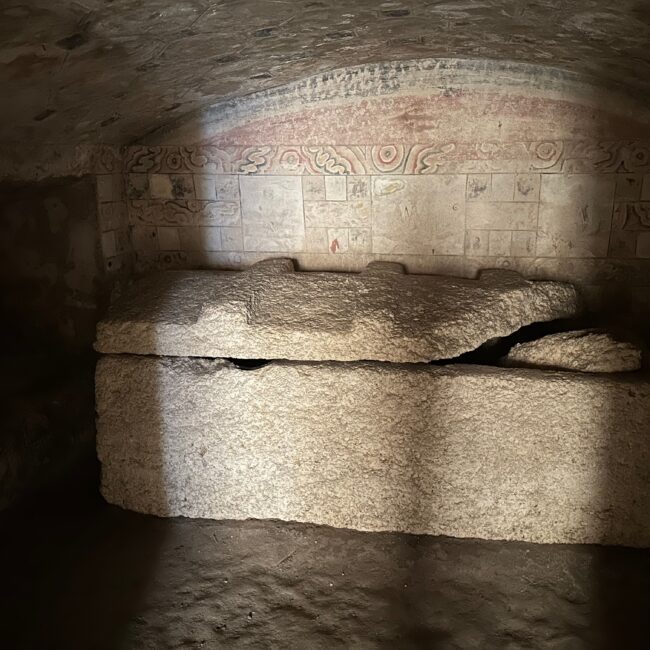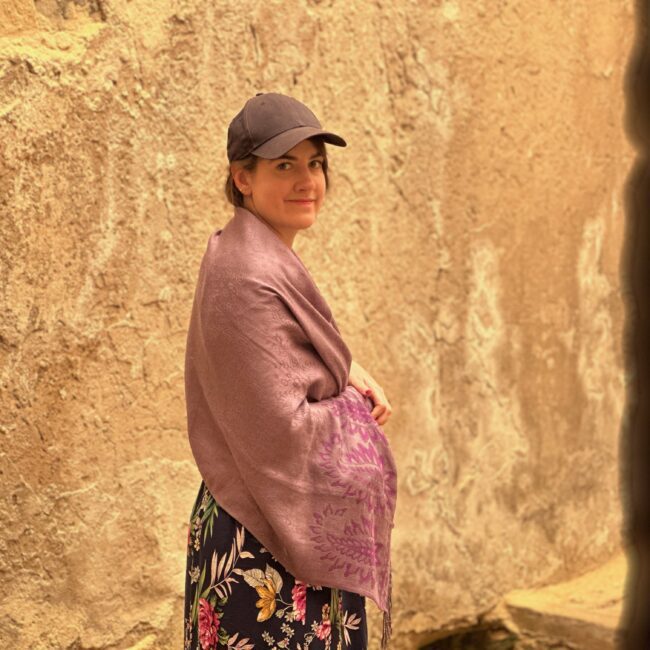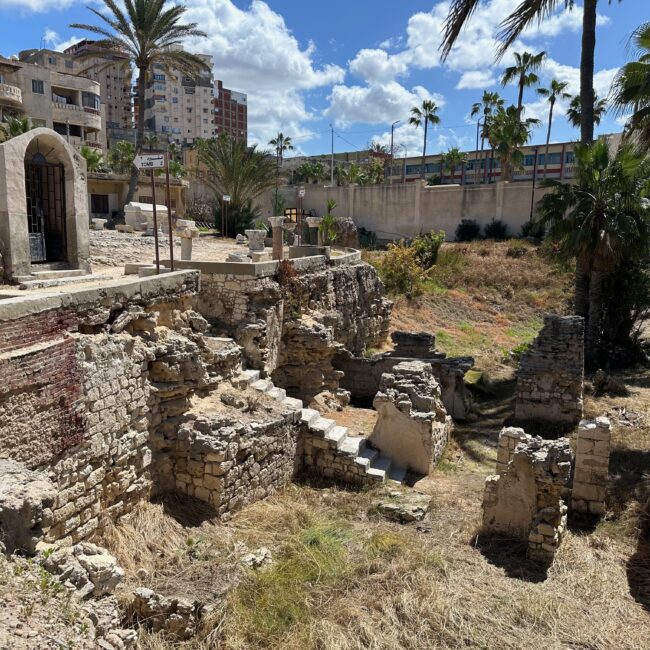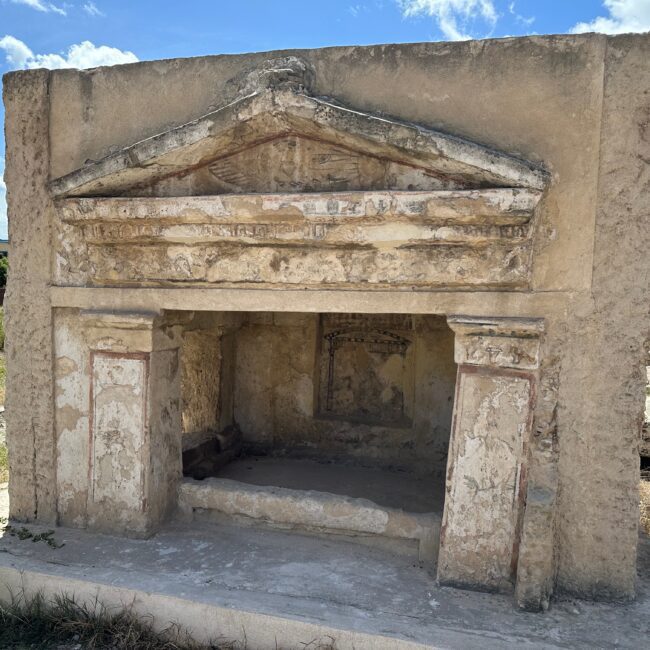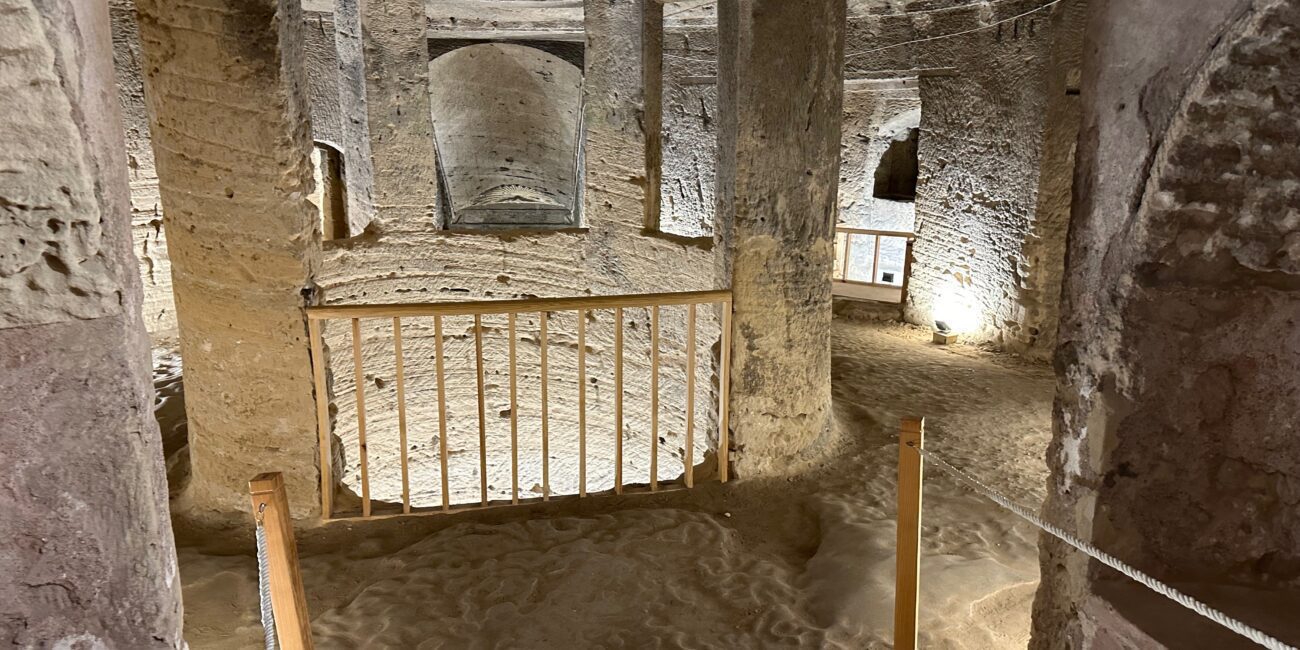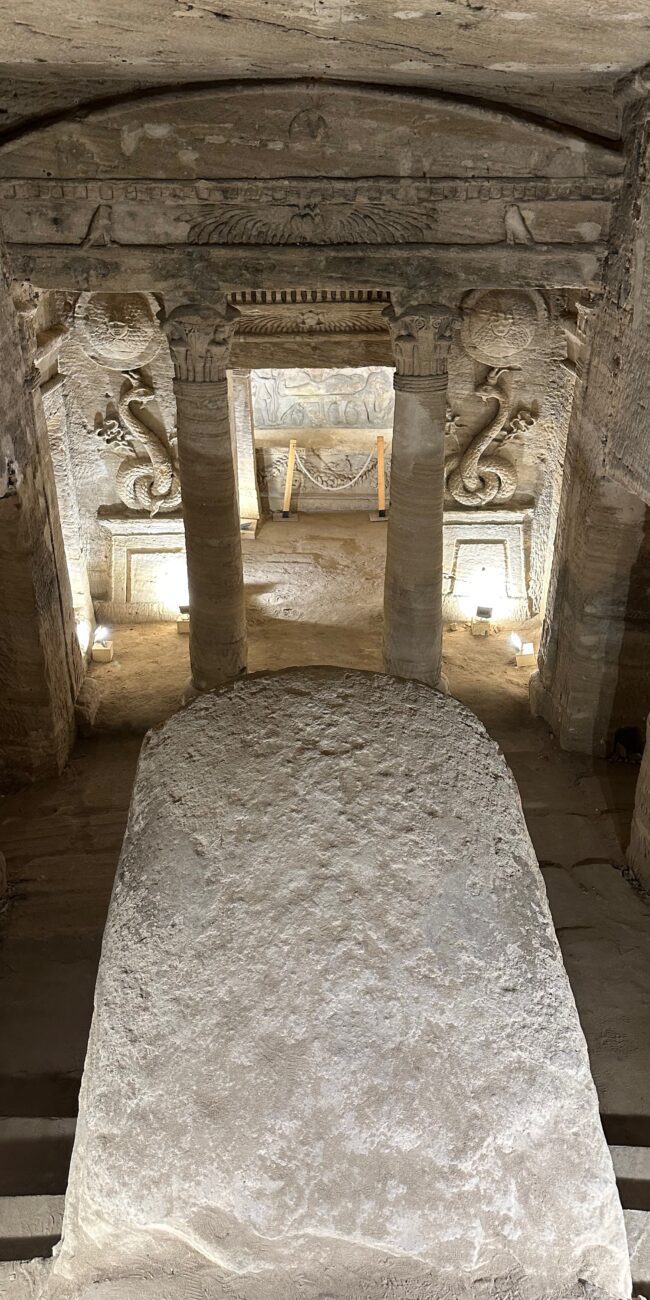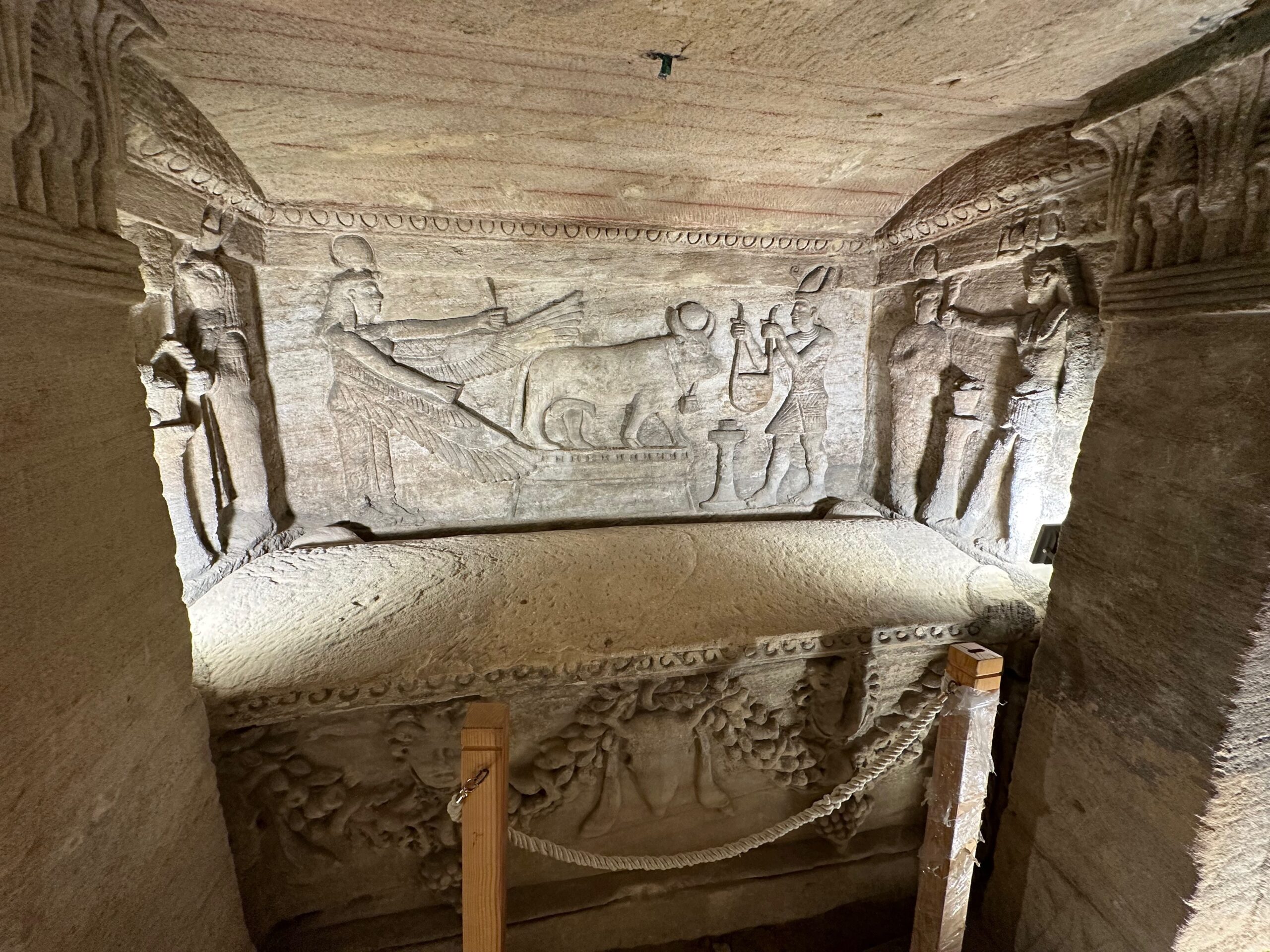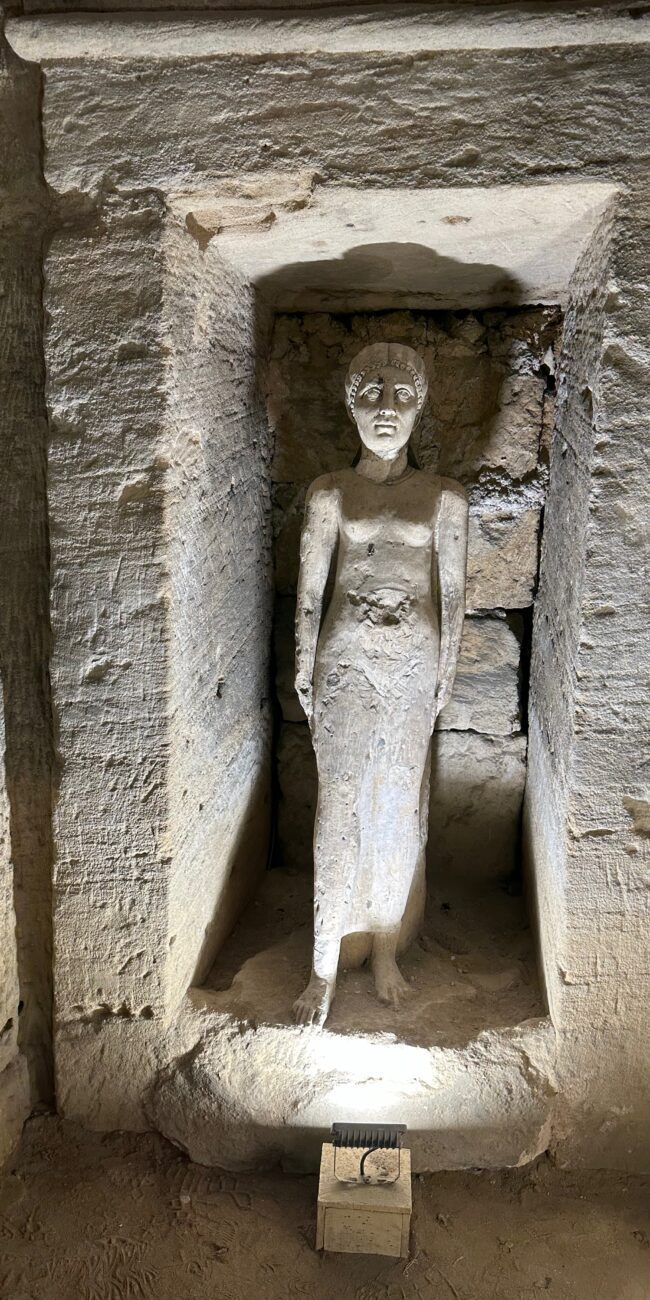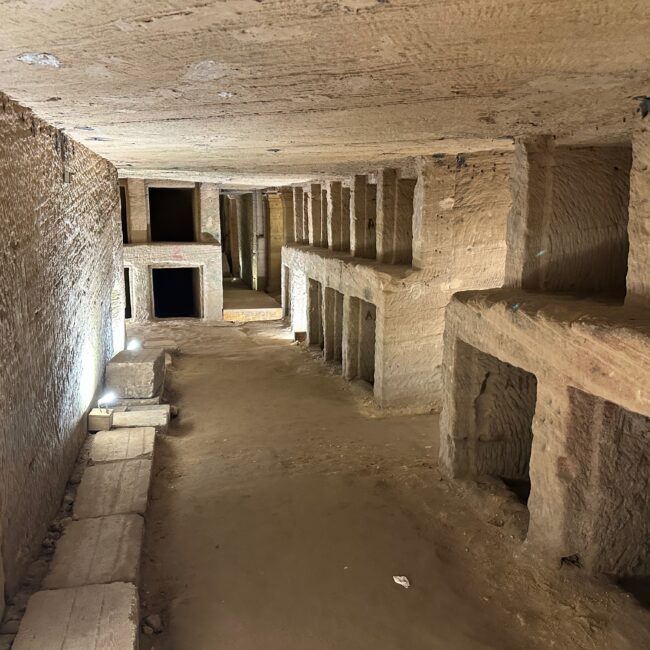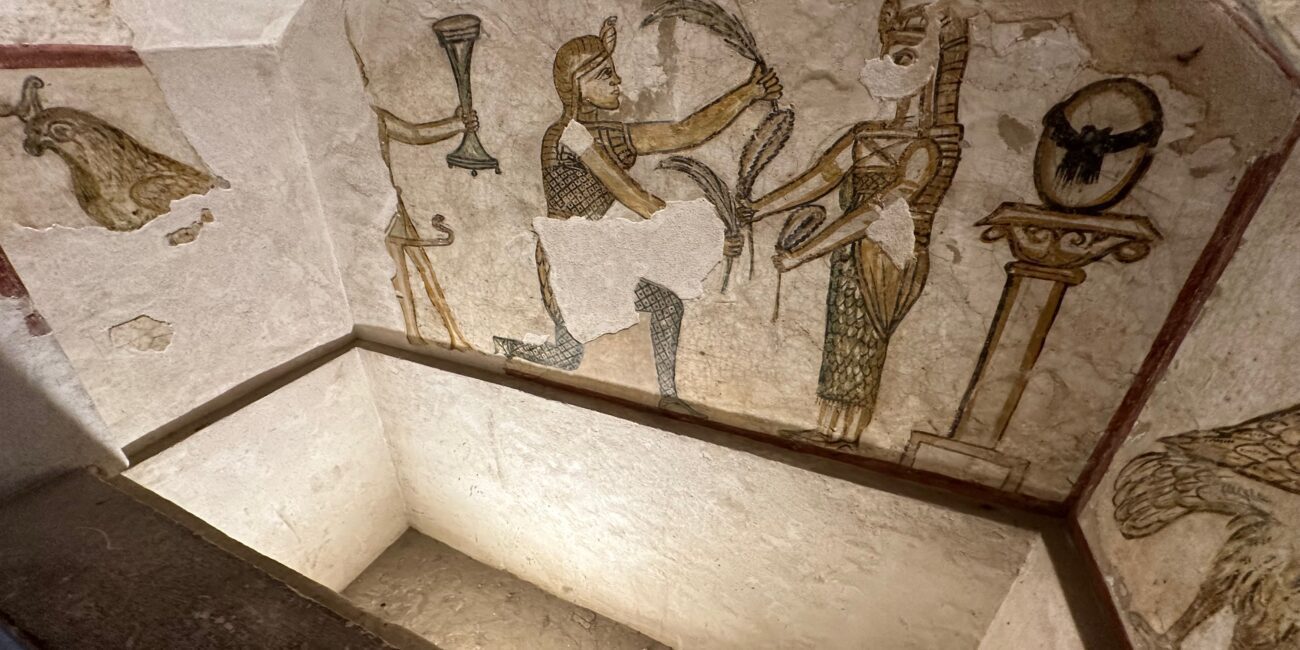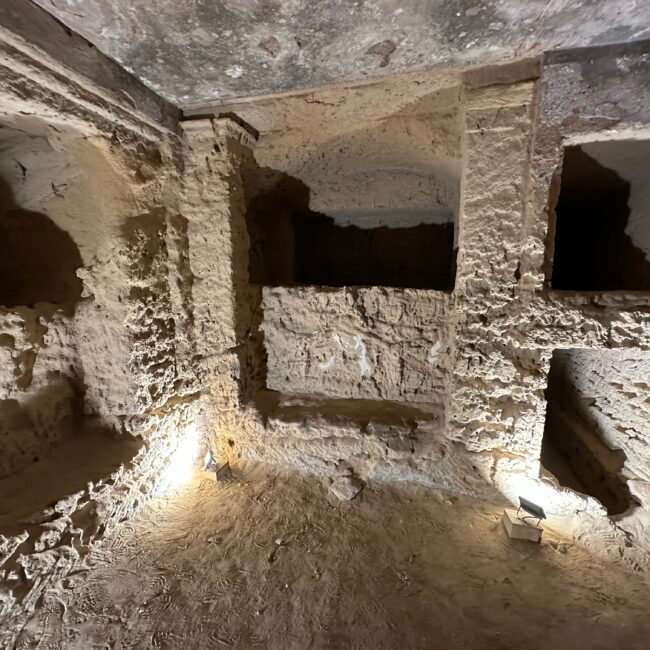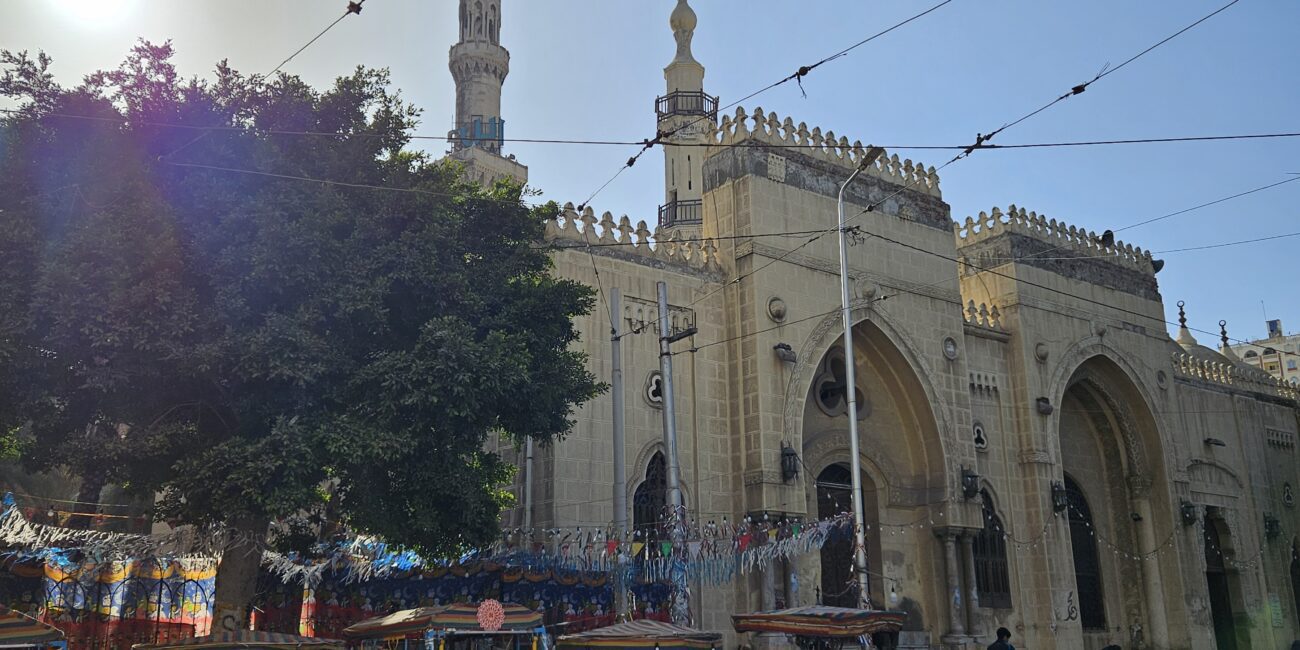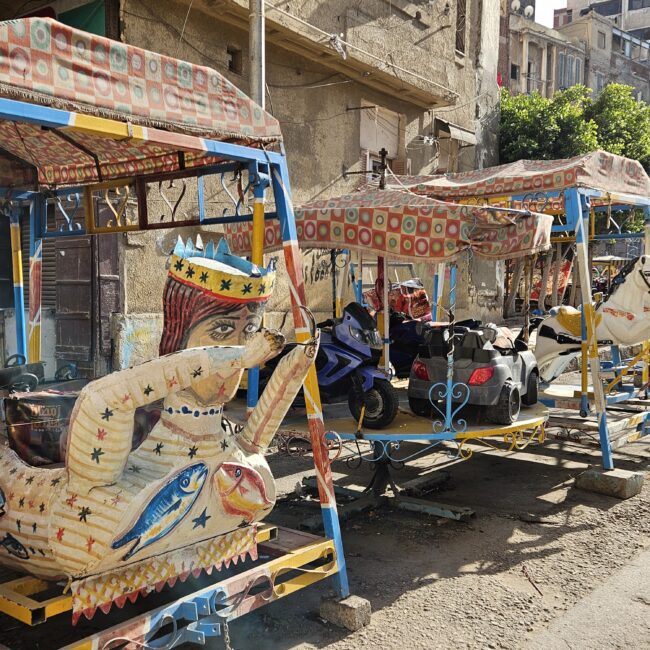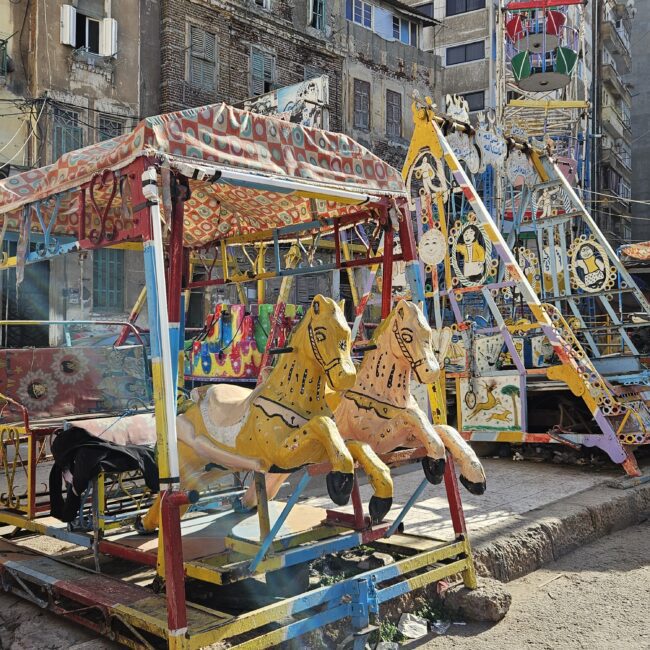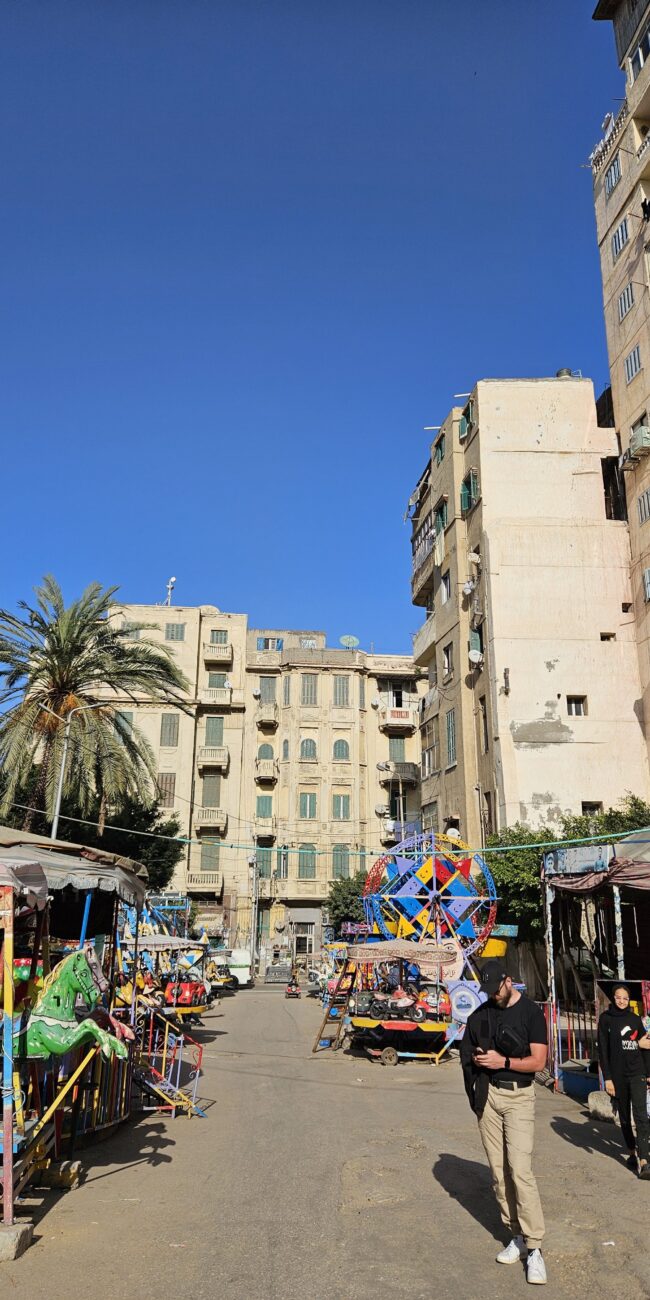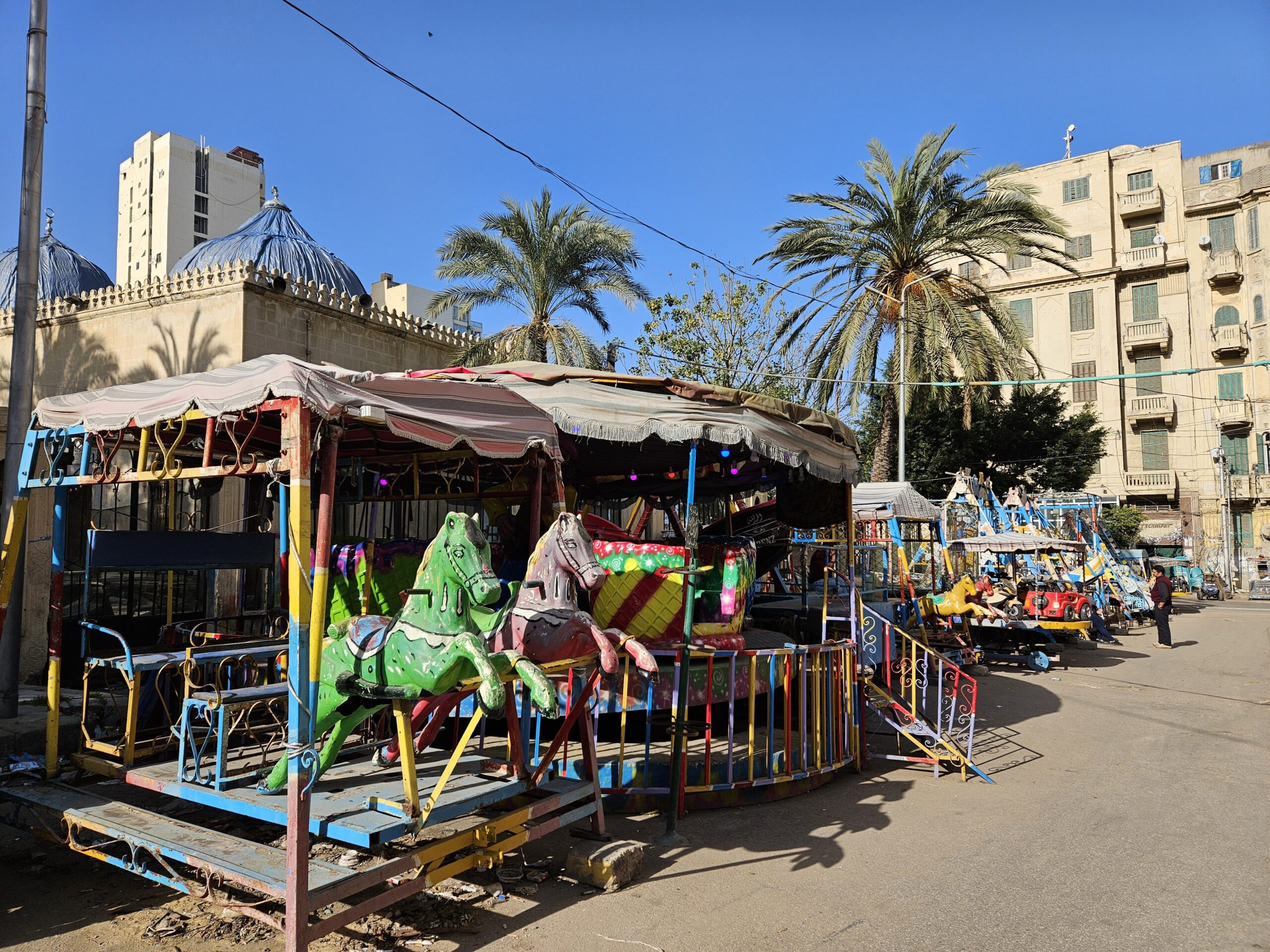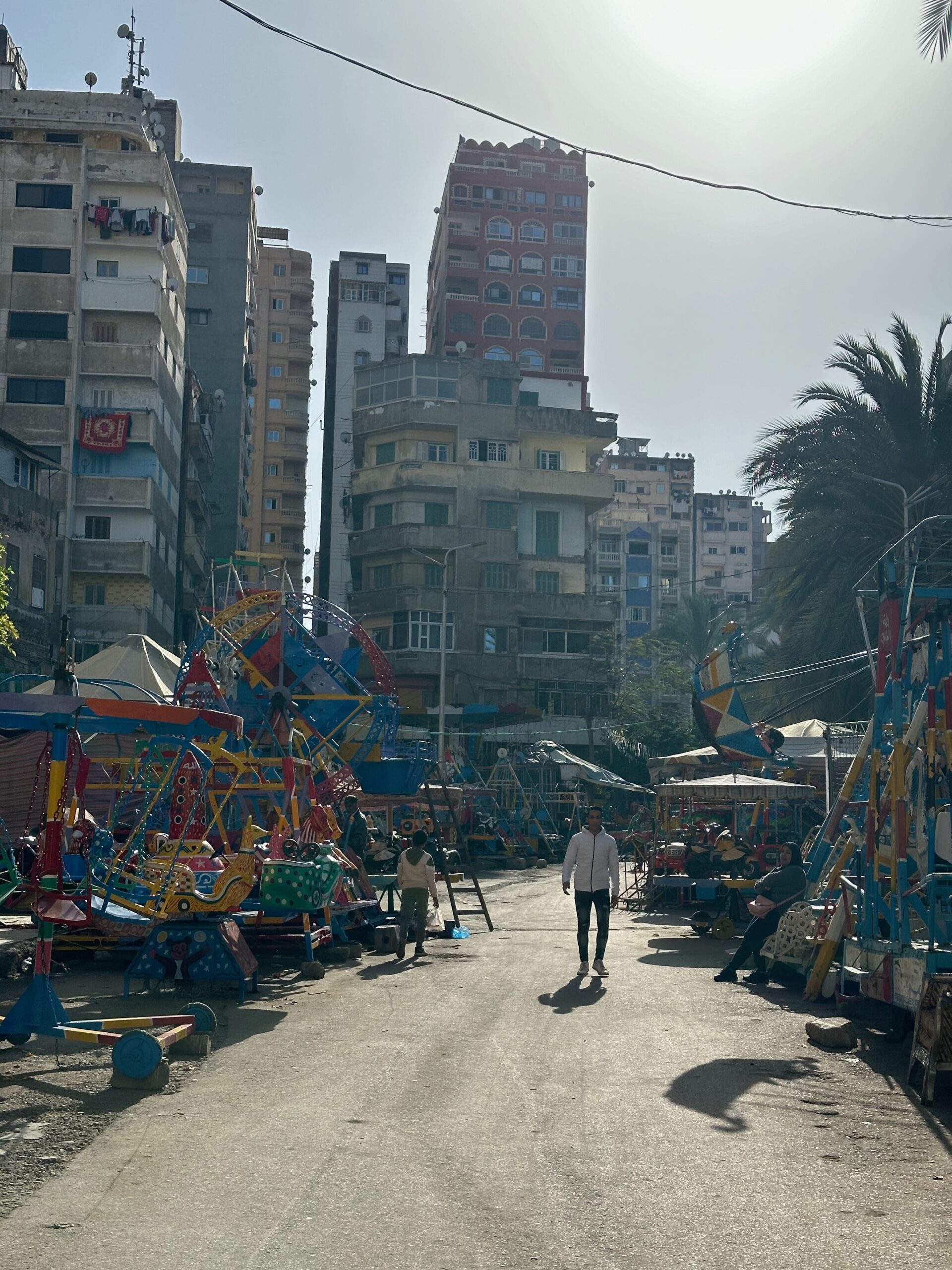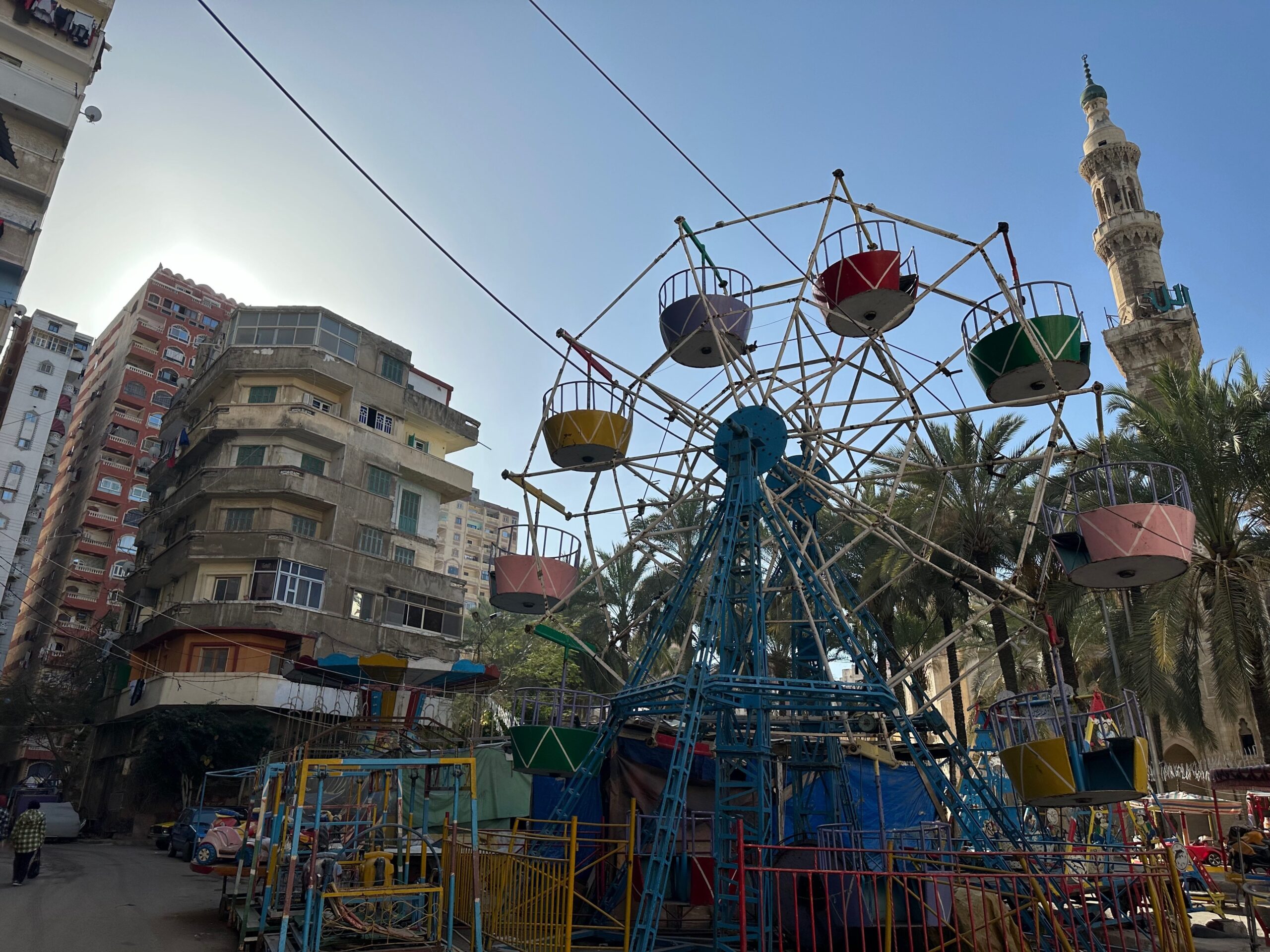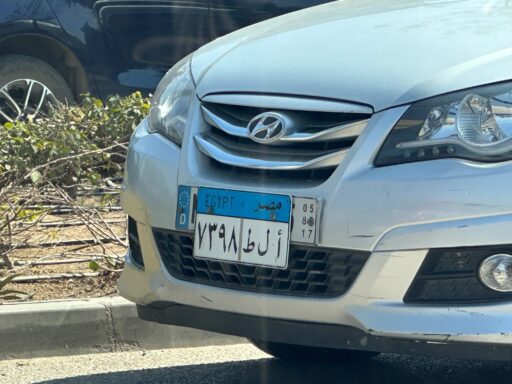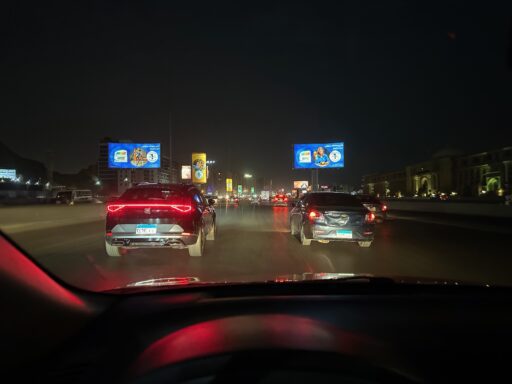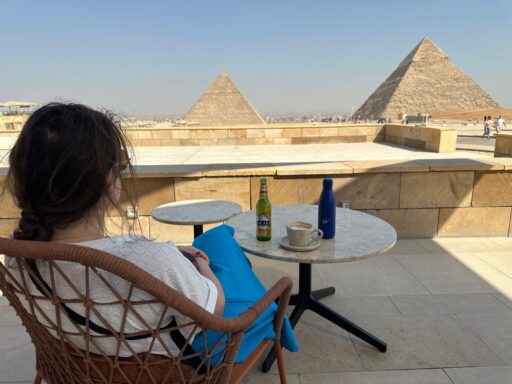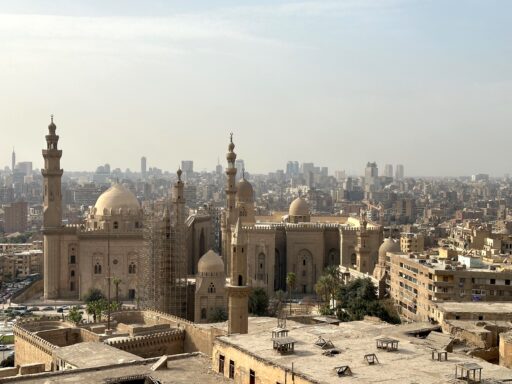This post is also available in:
Polski
Hello! 👋
Alexandria – with its Mediterranean climate and rich history – had much in store for us, but our visit was not without surprises. As it happens in Egypt, Jadzia faced the so-called Pharaoh’s Revenge, which affected our sightseeing plan. Nevertheless, we discovered fascinating corners that allowed us to feel the real atmosphere of Alexandria. Not everything went according to plan, and we had to postpone many of the places that the guidebooks recommend, but we have some impressions that we are happy to share.
If you’d like to learn more about our adventures in Cairo and what we were able to see during our Egypt trip, be sure to check out the rest of our blog articles!
👉 Take a look here to read our coverage of our trip to Egypt in March 2024.
👉 Take a look here to find out – what we saw in Cairo!
We invite you to read and discover more corners of Egypt with us!
How did we arrive in Alexandria?
We arrived in Alexandria by car, taking the Tanta – Alexandria road, which is unfortunately in very poor condition. Although it is a free route, the quality of the pavement leaves much to be desired. Even though such a route is convenient from the perspective of no tolls, one would expect some minimum standard to be maintained. The line between comfort and annoyance due to the condition of the roads was definitely crossed here. The condition of the road made the trip more challenging, but still allowed us to reach our destination without much expense.
Stanley Bridge
The Stanley Bridge in Alexandria was officially opened in 2001 and is the first bridge in Egypt to be built over the sea. It crosses over Stanley Bay, connecting the city’s key thoroughfares and serving as one of Alexandria’s main tourist attractions.
The bridge is 400 meters long and features elegant towers inspired by classical architecture. Its location offers not only a functional connection, but also beautiful views of the Mediterranean Sea.
Alexandria Bibliotheca
During our visit to Alexandria, although we had planned to visit the Alexandria Bibliotheca, we were unable to go inside. According to the information, it was supposed to be open, but the security guards showed us by signaling that unfortunately we had to cancel our visit.
However, we managed to enjoy the building from the outside. Its modern architecture alludes to the heritage of the ancient library whose site it occupies. The new Library of Alexandria symbolizes the revival of the spirit of knowledge and learning for which this place was famous in antiquity. When we return to Alexandria, with plans to visit the rest of Egypt, we’ll be sure to take a look at the library to see its interior and full potential.
👉 For more information, visit the official website – click here.
Alexandria Naval Unknown Soldier Memorial and Saad Zaghloul
Alexandria Naval Unknown Soldier Memorial and the Saad Zaghloul Monument are relatively close to each other, which is why we included them in one section of our coverage. Both of these sites are located in the central part of Alexandria and are important historical points on the city map.
Alexandria Naval Unknown Soldier Memorial was built to honor Egyptian sailors who died in the service of their homeland. Its simple yet elegant style, combined with the view of the Mediterranean Sea, creates an atmosphere full of thoughtfulness and emotion. It is a key symbol of remembrance of war casualties, especially those who died in naval battles.
A short distance away is the Monument to Saad Zaghloul, one of the most important leaders of the independence movement in Egypt. He played a key role in the struggle for Egypt’s independence from British rule. The monument pays tribute to his contribution to the country’s quest for sovereignty and symbolizes national pride and Egypt’s quest for freedom.
Anfushi Tombs
The Anfushi Tombs are one of the most interesting archaeological sites in Alexandria, dating between the 3rd and 2nd centuries BC. They are a valuable example of ancient funerary traditions from the Ptolemaic era. Carved in limestone, they were originally covered with mural paintings depicting Egyptian and Greek motifs, reflecting the multicultural nature of Alexandria at that time.
However, the current state of the tombs raises some questions. You can see from the photos that many of the architectural elements and the area around them are badly neglected. The damaged buildings, scratched walls and surrounding greenery give the impression of an abandoned site that is not regularly maintained. Although the site itself is an important element of archaeological heritage, its current appearance indicates the need for urgent conservation work. The poorly maintained surroundings may unfortunately overshadow its historical significance and discourage visitors.
Pro tip: It is worth remembering that payment for entrance to the tombs is only possible in cash, which may surprise some tourists. If you’re planning a visit, it’s a good idea to prepare a sufficient amount in local currency. You can easily withdraw it at ATMs – there are enough of them in Alexandria.
Catacombs of Kom el Shoqafa
The Catacombs of Kom el Shoqafa is one of Alexandria’s most fascinating sites, blending Egyptian, Greek, and Roman architectural styles. Built in the 2nd century AD, the catacombs served as an underground necropolis, showcasing Alexandria’s multiculturalism during the Roman period.
Visitors can explore the circular staircase, which leads to deeper chambers. Inside, you’ll find detailed reliefs that mix Egyptian religious symbols with Greco-Roman mythology. These unique features illustrate how these cultures influenced one another.
For added convenience, visitors can now pay for entry using a credit card, making it easier for tourists who don’t carry cash.
“Funfair” next to Sidi Morsi Abu al-Abbas mosque
Next to the Sidi Morsi Abu al-Abbas mosque, we found an amusement park that appeared abandoned and neglected. Most of the attractions were in terrible condition, with damaged merry-go-rounds, scratched paint on figures, and equipment that seemed unused for a long time. The photos show faded, rusted structures, resembling more an abandoned funfair in Pripyat, Ukraine, than a functioning entertainment venue.
Despite the colorful attractions, this place feels more like a symbol of neglect and poverty than a space for fun. It reflects the reality many people in Egypt face outside tourist areas, where the standard of living is often much lower. It is a sobering side of travel, showing that beyond famous monuments lies everyday life, which is not always as vibrant as the images seen in travel brochures.
Summary
During our visit to Alexandria, we experienced a mix of beauty and harsh reality. The funfair next to the Sidi Morsi Abu al-Abbas mosque was meant to be an attraction for children. However, it highlights the scale of problems facing Egypt. The dilapidated carousels and rundown residential buildings around it reflect the poverty that many residents endure. Our impressions of Alexandria reveal that beyond the famous tourist sites, daily life in Egypt often contrasts sharply with the idealized images seen in guidebooks.
This experience makes one reflect on the social inequalities that are still evident in this fascinating country.

